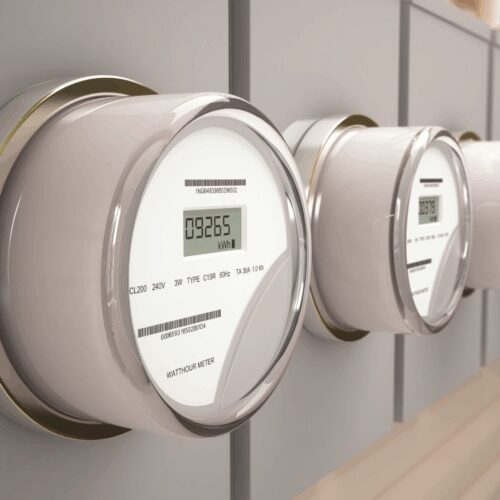How a Utility Company Can Adapt to Today’s Complex Billing Landscape
A TMG Research Report on the Examination of the Shortcomings of the CIS in Handling the Complex Billing Needs on an Evolving Grid.

A TMG Research Report on the Examination of the Shortcomings of the CIS in Handling the Complex Billing Needs on an Evolving Grid.

Sign up for our magazine
The premier outlet for compelling storytelling around the innovators and innovations driving the clean energy transition.
The energy landscape is changing. The utility business model is changing. Utility customers are changing. Is the critical link between the utility and its customers – the bill and the rates through which utilities realize their revenues – keeping pace in this rapidly shifting environment? Looking at each of these segments of the energy-to-customer value chain will help answer this question.
Why do utility companies need a complex billing solution?
With a focus on shifting away from carbon-based energy sources, the energy landscape is marked with some key developments that are driving today’s energy transition. Here are two recent examples:
- The 2022 U.S. Inflation Reduction Act (IRA), which includes over $360 billion in energy funding, much of it for renewable energy, energy storage, and electric vehicle (EV) incentives and investments.
- The 2021 Infrastructure Investment and Jobs Act, which allocated $65 billion to initiatives improving the grid and $7 billion for EV charging infrastructure.
Drivers such as improving economics and increased awareness around environmental concerns, coupled with these incentives, are creating growth in new energy technologies that are changing how utility service providers operate.
The result is a utility operating model that is rapidly becoming less centralized and more distributed. In turn, this is creating sweeping changes in business processes and how utilities serve their customers. This is most significant in the rapid growth of renewable energy sources, particularly when they are distributed energy resources (DER) that the utility provider does not own or directly control.
For example, Bloomberg estimates that over 50% of cars sold in 2030 will be electric. Similarly, according to the U.S. Energy Information Administration, residential solar power installations increased 34% from 2020 to 2021, with 2.9 gigawatts and 3.9 gigawatts respectively.
Moreover, renewable energy statistics show 35% of the world’s energy will come from renewable energy sources by 2025.
This rate of growth will continue or even accelerate with the combination of regulatory and legislative drivers (like California’s Title 24, which required all single-family homes to be electric-ready starting in January 2023), improving costs, and IRA and additional state and local government incentives. These new dynamics create some interesting challenges for utilities operationally and in how utilities engage with their customers.
How utility companies can adapt to the shifting complex billing landscape
As customers become savvier in an increasingly digital, on-demand world, their energy options will continue to grow. This is good for improving customer satisfaction and addressing climate and environmental concerns. It is potentially a good thing for utilities, too.
Advanced Metering Infrastructure (AMI) is key to providing broader opportunities for customers as well as utility service providers. It allows utilities to collect real-time customer data, and it gives customers insights into their energy usage and can incentivize them to enroll a complex billing solution rather than a flat rate structure, either through a self-service option or by calling their utility.
For example, smart meter functionality automates the meter-reading process to offer customers real-time meter data – rather than having to wait for a technician to read the meter. And rate comparison reveals how much a single customer could save on their electric bill by switching to a dynamic pricing structure, such as a time-of-use (TOU) rate structure. This not only gives the customer billing options that better suit their energy usage behavior, but they also help reduce the load on the energy grid during on-peak hours.
However, to increase customer loyalty, create new products and revenue streams, and excel in the clean energy future, utility services must embrace the conversion from relying solely on their current legacy customer information systems (CIS) and utility billing systems and billing processes. For scalability and accurate billing for each customer account, they need to be able to leverage third-party, cloud-based utility billing solutions. These billing platforms provide a diverse and growing list of services and bill for them accurately. Herein lies the challenge.
Want to read the Full TMG Research Report? Click below.





